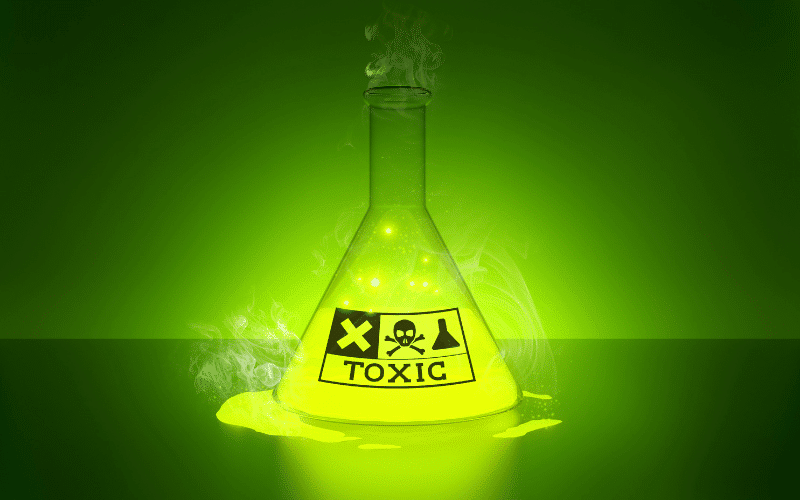Cause 2. Toxic Chemicals: Silent Killers

Toxic chemicals are another significant cause of aplastic anemia. Prolonged exposure to certain chemicals can damage bone marrow cells, impairing their ability to produce blood cells. These chemicals can be found in various places, such as the workplace, household products, or the environment.
Benzene, a widely used industrial chemical, is one such culprit. It is found in solvents, gasoline, and various consumer products. Long-term exposure to benzene has been linked to aplastic anemia, as it can damage bone marrow cells and disrupt normal blood cell production.
Heavy metals, such as lead, mercury, and arsenic, are another group of environmental toxins that can cause aplastic anemia. These metals can contaminate water, soil, and air, posing a risk to those exposed to them. Ingestion or inhalation of heavy metals can lead to bone marrow toxicity and, eventually, aplastic anemia.
To reduce the risk of developing aplastic anemia due to toxic chemicals, it is essential to minimize exposure to these substances. This can include wearing appropriate personal protective equipment (PPE) when working with hazardous materials, ensuring proper ventilation in workplaces, and avoiding the use of products containing harmful chemicals. Additionally, advocating for stricter environmental regulations can help protect public health and reduce the prevalence of aplastic anemia caused by chemical exposure. (2)
